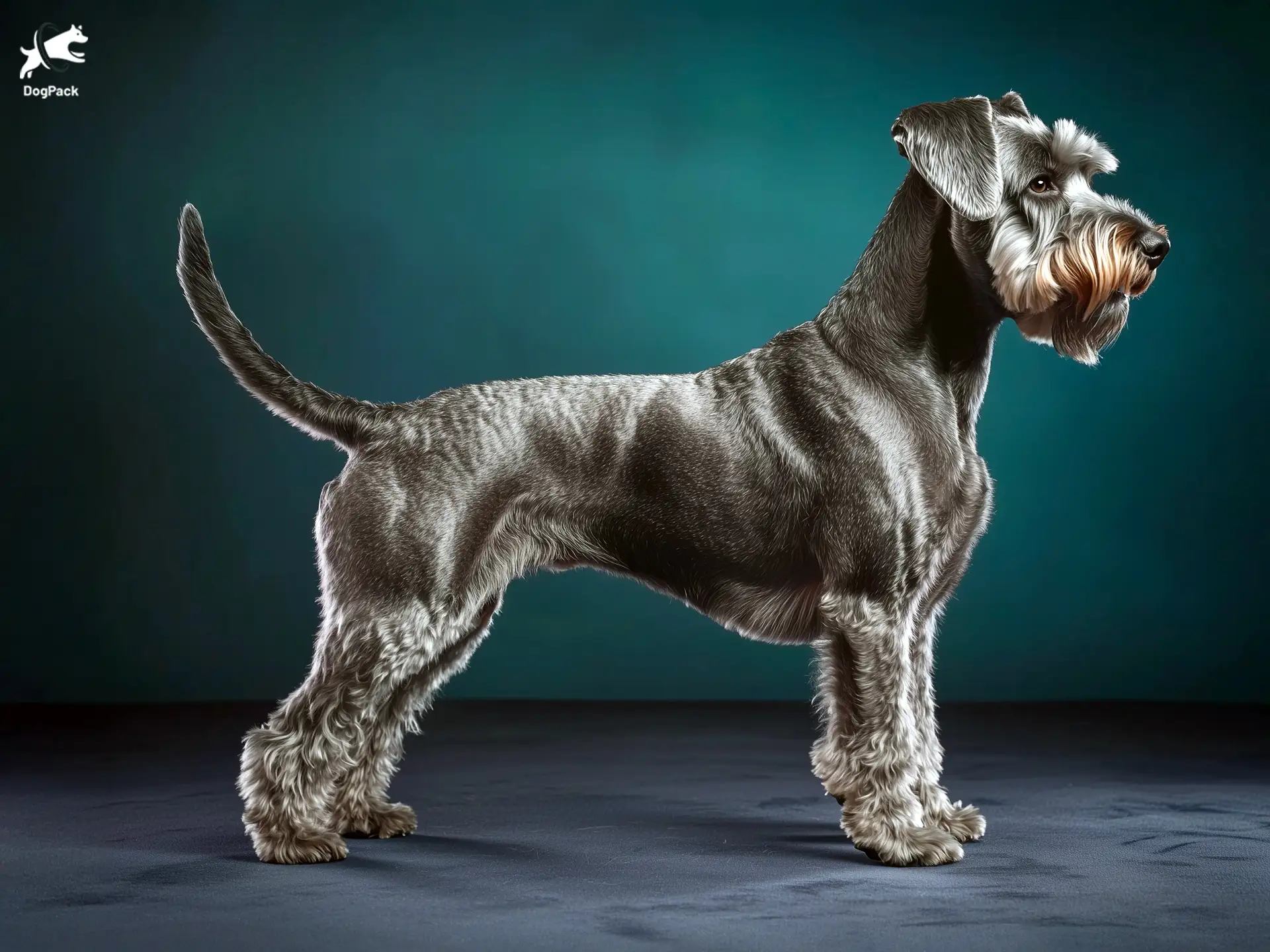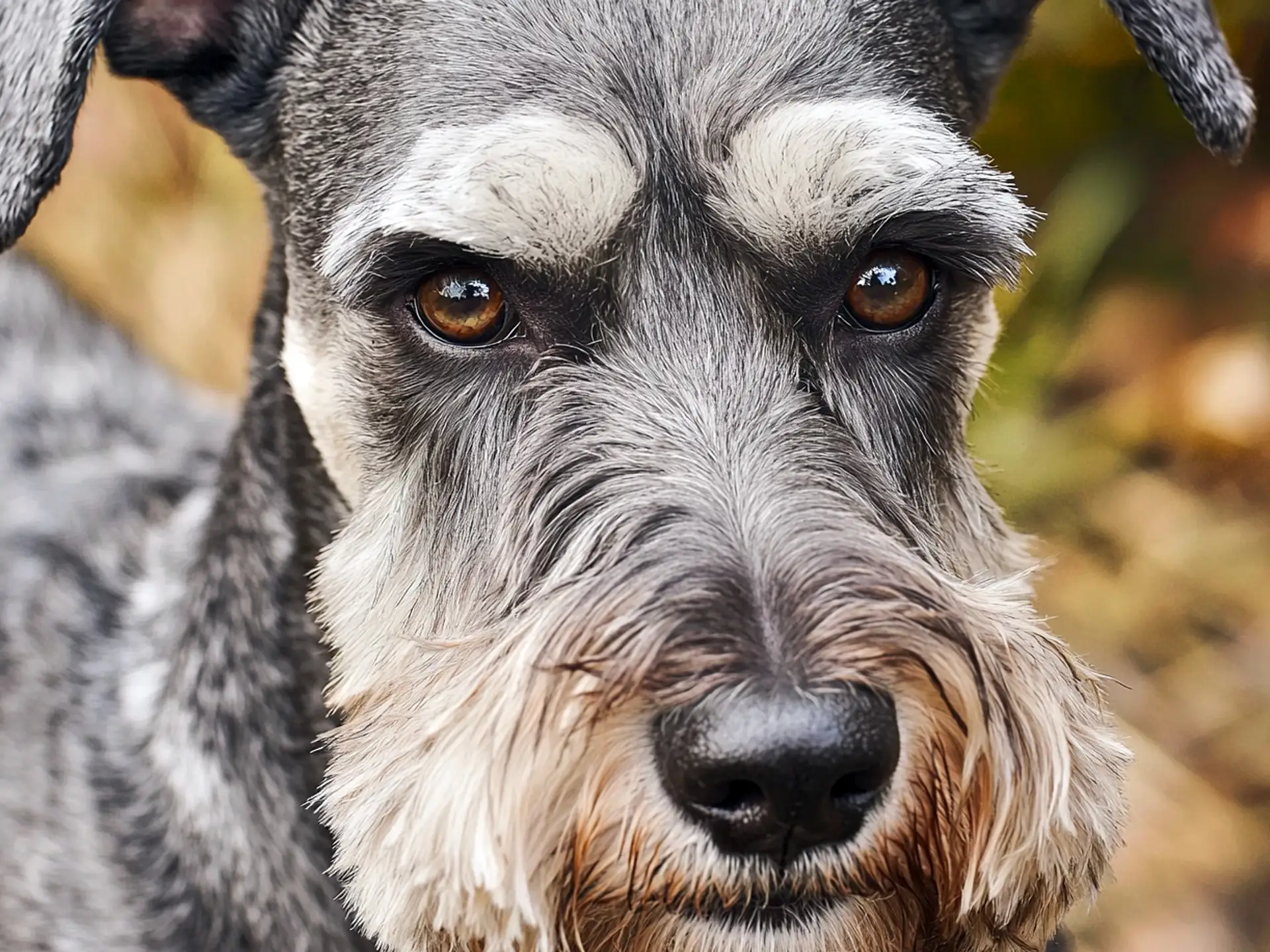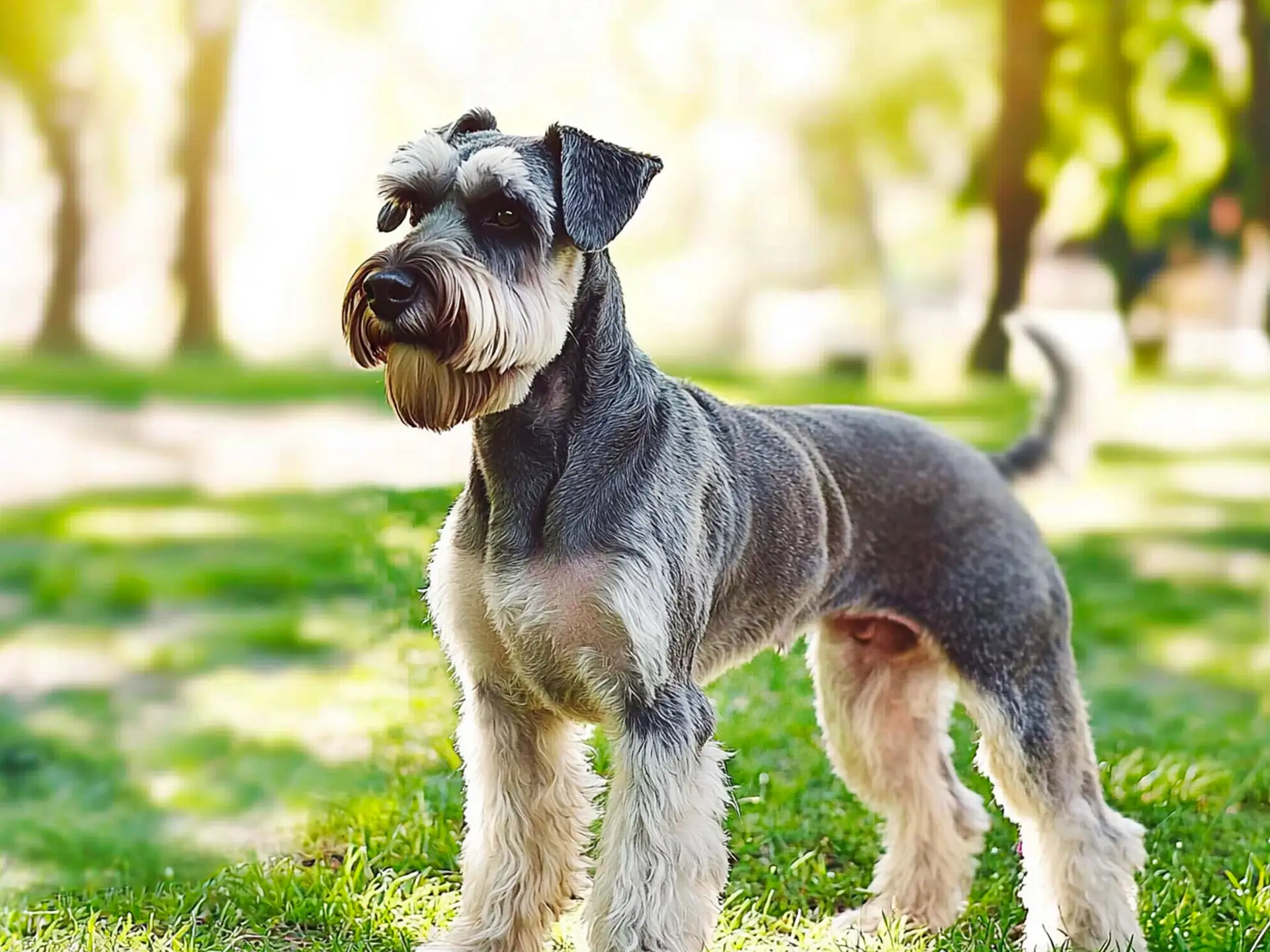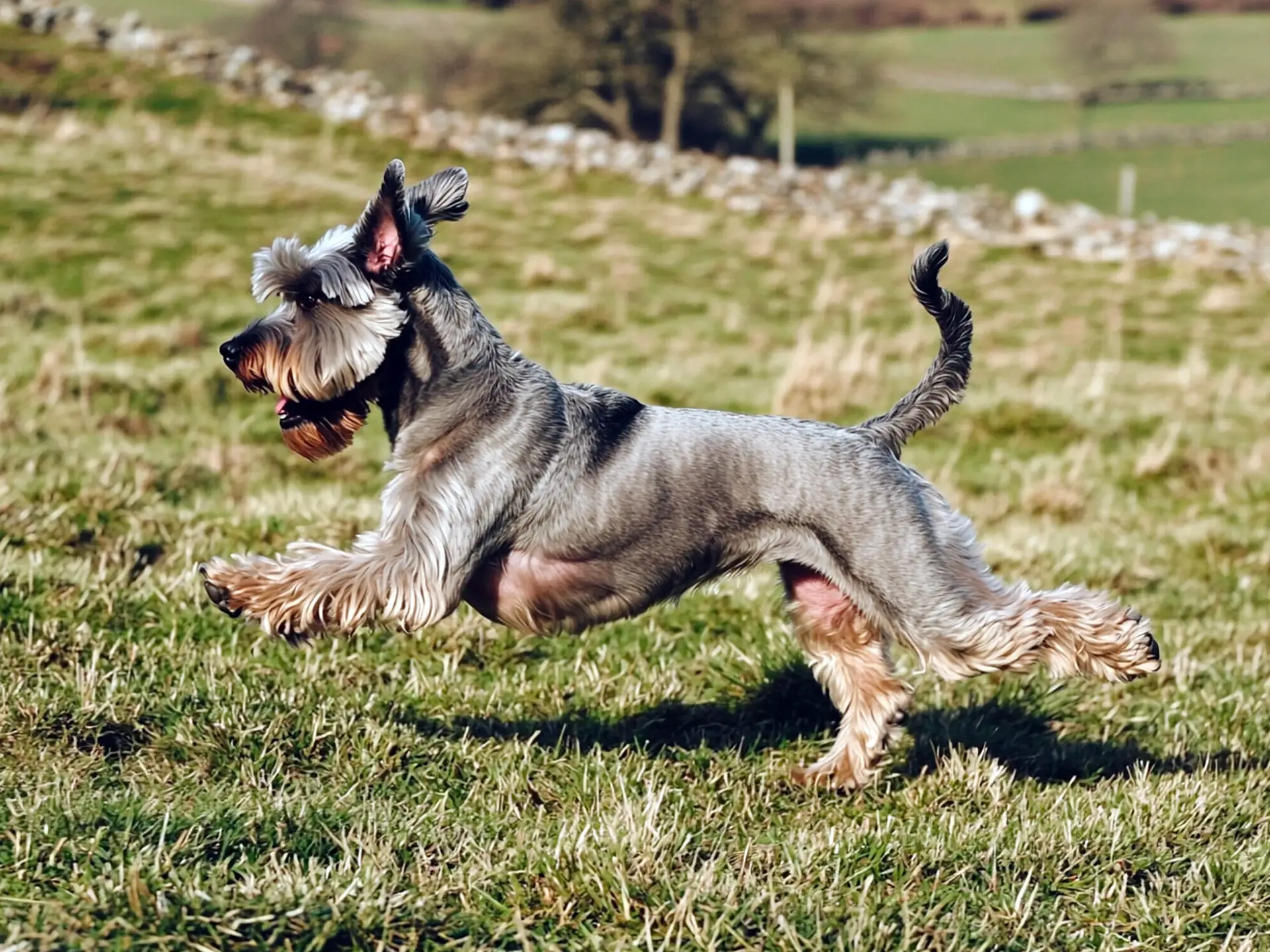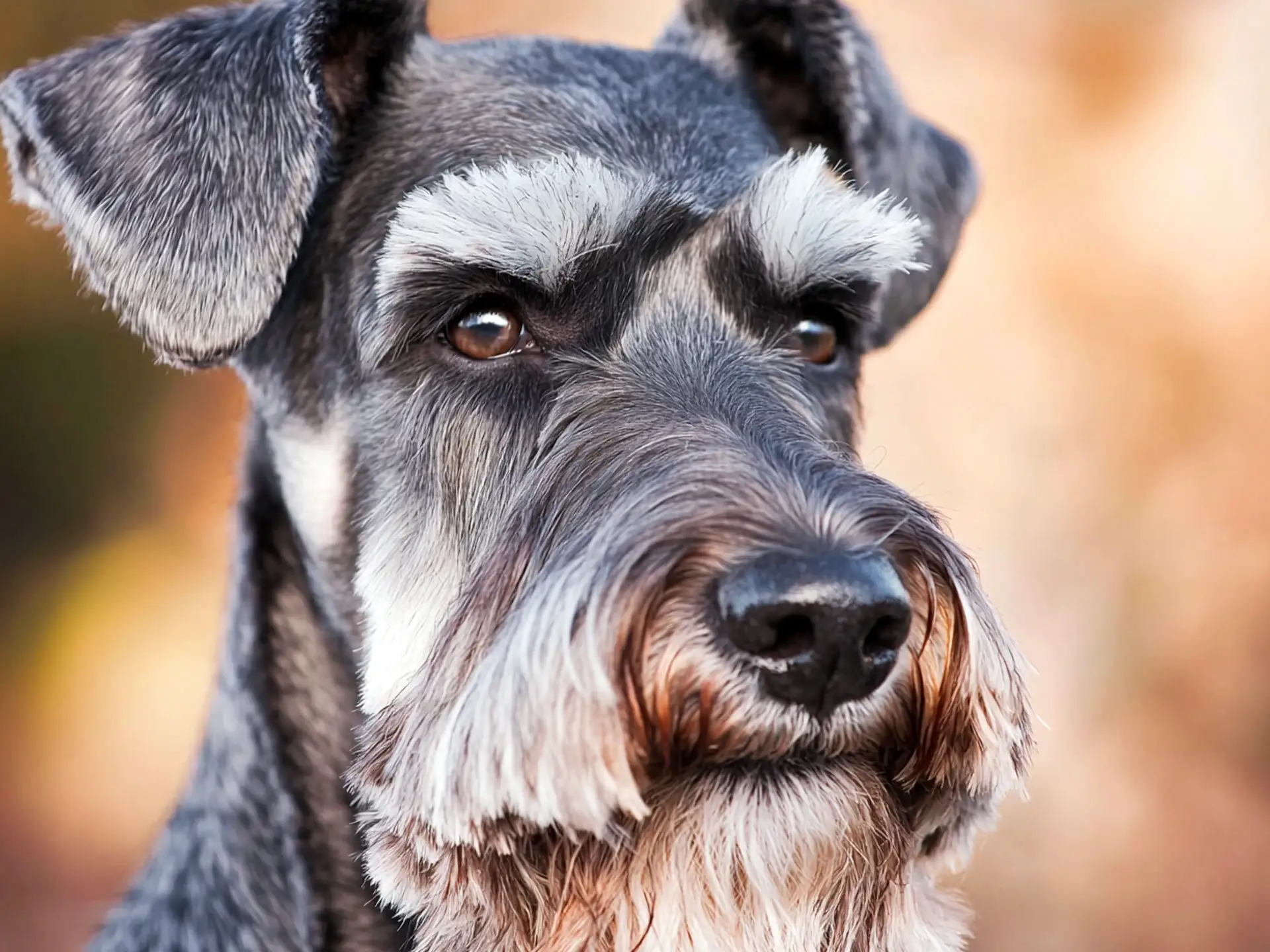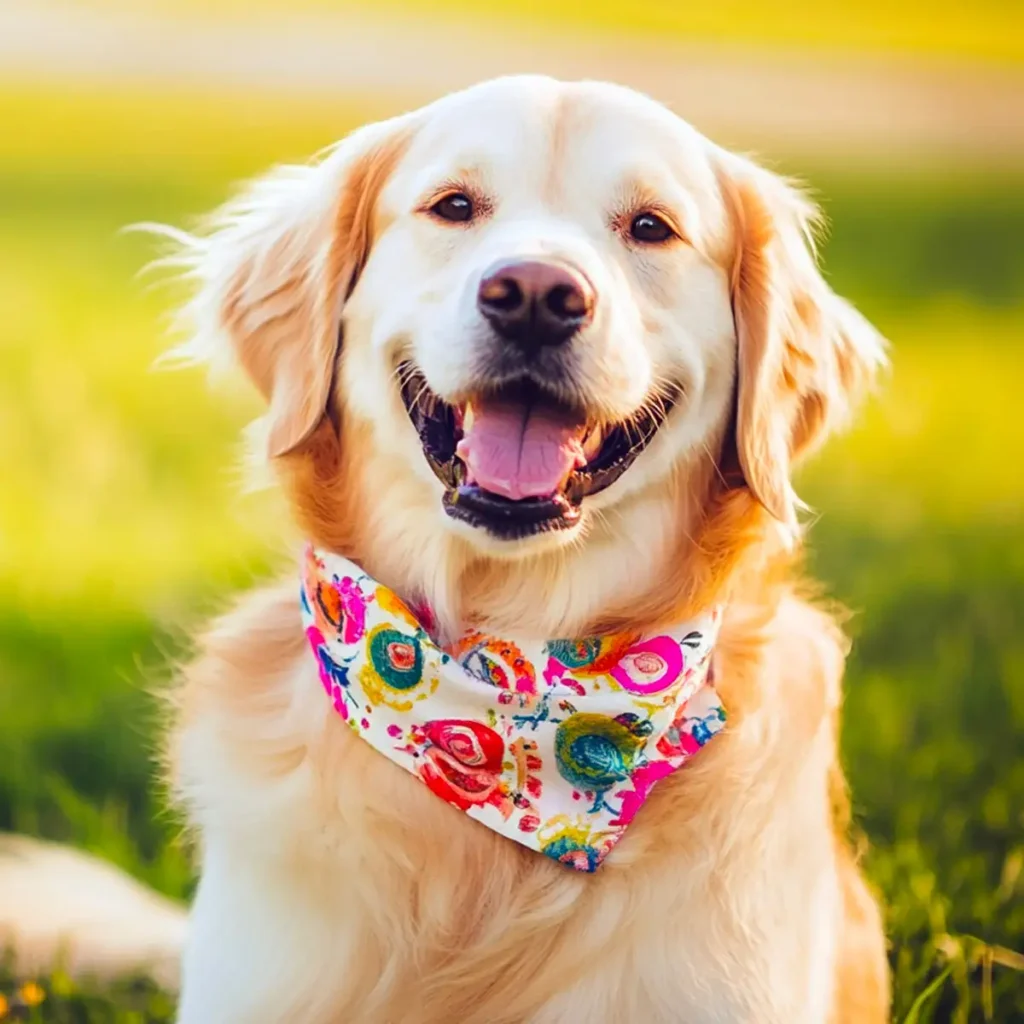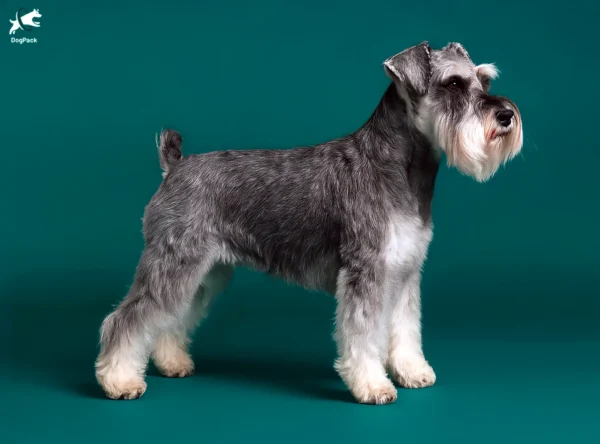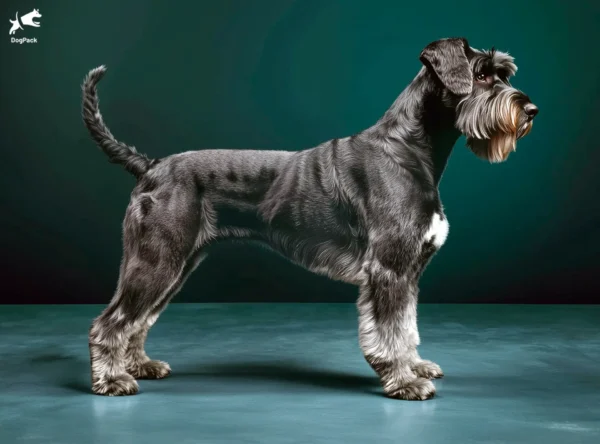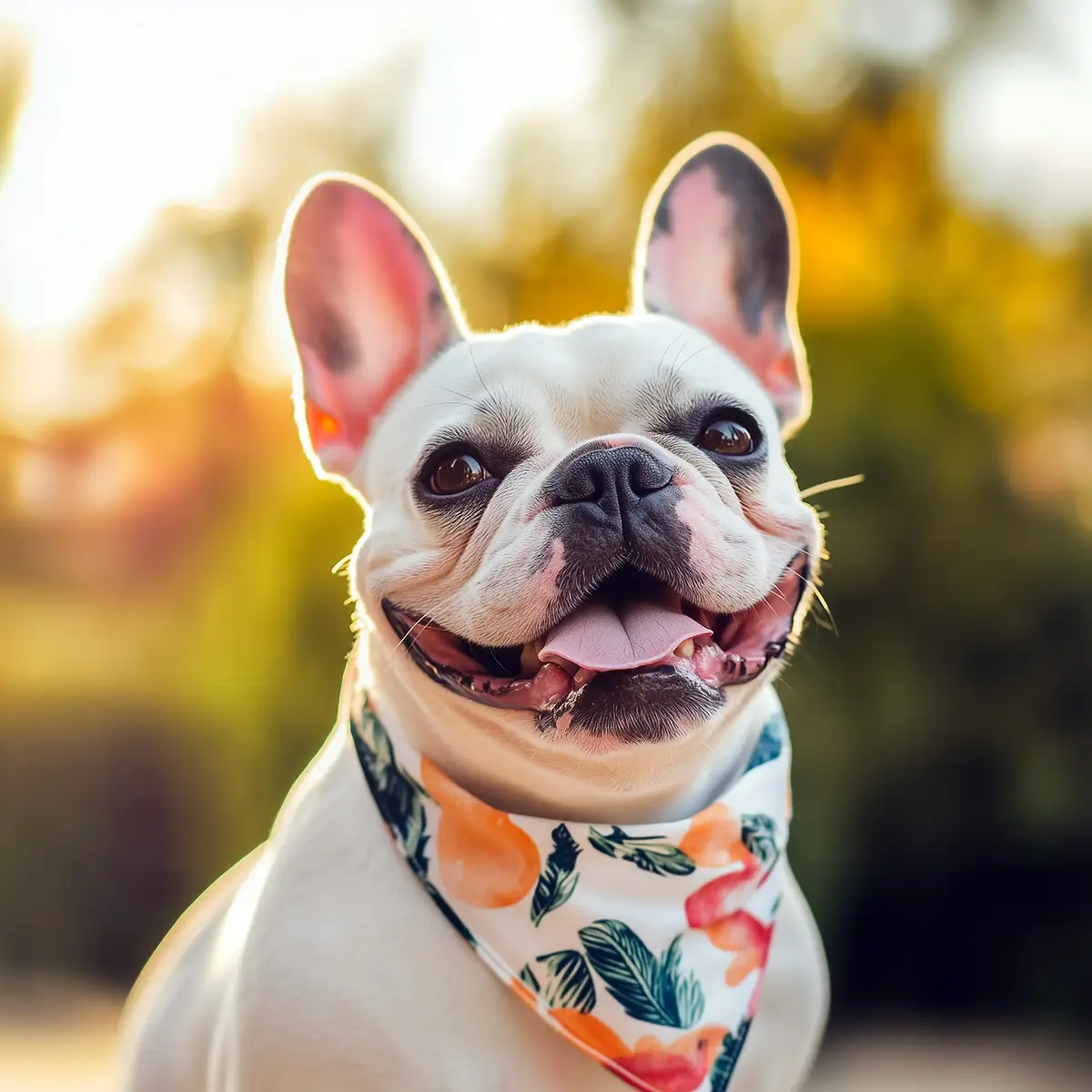Standard Schnauzer Dog Breed Info & Overview
Bursting with intelligence and a strong protective streak, the Standard Schnauzer stands out for its wiry coat and trademark beard. Beloved by families for its energetic and loyal nature, this medium-sized dog thrives on companionship. If you’re seeking a resilient friend who’s always ready for adventure, look no further. It’s a spirited breed with plenty of heart.
Characteristics
Pictures
Breed History
During the Middle Ages, farmers in Germany began refining a versatile farm dog that could guard property, hunt vermin, and protect livestock. Over centuries, breeders honed this dog’s robust physique and watchful temperament. The result was a tough, medium-sized canine admired for its keen senses and reliable protection work—what we now recognize as the Standard Schnauzer.
In the 19th century, these wiry-haired dogs were commonly seen trotting alongside horse-drawn carts, shooing away rats and safeguarding goods. Their mustached muzzle became a distinct hallmark, ensuring they’d stand out in any working-dog lineup. Some historians suggest the name “Schnauzer” comes from the German word “Schnauze,” meaning “snout”—an homage to their bearded muzzle.
As the breed gained popularity, enthusiasts formed clubs to preserve and standardize its traits. While prized in Europe for centuries, it wasn’t until the early 1900s that the Standard Schnauzer found its way to North America. Today, it’s recognized by major kennel clubs worldwide. If you love heritage canines, you might also enjoy exploring other working dog breeds.
Temperament, Personality
Expect a dash of spirited independence wrapped in loyalty. These dogs adore being part of the family pack and are happiest when included in everyday life. Confident by nature, they can appear a bit standoffish around strangers, but their affection for those they love is undeniable. Early socialization helps channel that energy into a friendly outlook toward new faces.
You’ll often find them shadowing their favorite human around the house, eager to join any activity—even if it’s just watching TV (though they might prefer a brisk walk!). Patience and consistent guidance mold this breed into a polite companion around kids and visiting friends. Their natural protective instincts ensure they keep a vigilant eye on your home.
A Standard Schnauzer can be hilariously stubborn about certain things, like insisting the mailman needs “investigation.” However, with gentle correction and positive reinforcement, they become wonderful family members. If you’re looking to compare personalities, check out other medium dog breeds to see how this clever pup stacks up.
Physical Characteristics
These dogs boast a sturdy, square build that exudes athleticism. Their muscular frame supports quick movements, so don’t be surprised if they dart after a squirrel without warning. Topped with perky or cropped ears, their face is unmistakable: a bristly muzzle adorned with a distinctive beard that gives them a wise, almost human-like expression.
The Standard Schnauzer’s double coat is wiry on the outside and soft underneath, offering decent protection from the elements. Coat colors typically include pepper-and-salt or solid black. Well-developed forequarters and hindquarters give them a balanced gait, making them agile enough for dog sports such as obedience and rally. This breed’s medium size pairs well with its powerful demeanor.
Their eyebrows often form expressive arches, adding to their animated appearance when they tilt their head in curiosity. Despite being a bit smaller than some other working dog breeds, they exhibit robust strength and endurance. A well-cared-for Schnauzer maintains a trim physique, ready for both daily activity and weekend escapades.
Health Issues
Although generally healthy, this breed can be prone to certain conditions. One common issue is hip dysplasia, where the ball-and-socket joint doesn’t develop correctly. Regular exercise and weight management can help mitigate discomfort. Another concern is eye problems like cataracts, which may require veterinary intervention to maintain clear vision.
Standard Schnauzers may also experience pancreatitis. Watching their fat intake and avoiding table scraps can help prevent flare-ups. Routine vet checkups, including blood tests, are essential for early detection of potential problems. Heart conditions, though less common, can occur, so keep an eye out for symptoms like fatigue or coughing.
Working closely with a reputable breeder who screens for genetic ailments can minimize health risks. For more specific information, consider visiting trusted veterinary resources for guidance on canine healthcare. Proper preventive care, such as regular dental cleanings and balanced nutrition, sets these dogs up for a long, active life.
Grooming Needs
The wiry outer layer of a Schnauzer’s coat requires a bit of upkeep to keep it looking its best. Some owners opt for hand-stripping—a technique that maintains the coat’s natural texture. If that sounds too advanced, a regular clipping schedule works fine, though it may soften the coat over time. Brushing at least once a week prevents matting.
Professional grooming every six to eight weeks is a common approach, particularly if you like that classic Schnauzer silhouette with a defined beard and eyebrows. Make sure to trim the hair around their eyes and sanitary areas for comfort. Because these dogs are considered low shedders, consistent grooming also supports their reputation as relatively allergy-friendly companions.
Don’t forget ear cleaning and nail trimming. Nails that click on the floor usually mean it’s time for a trim. By establishing a routine early, your Standard Schnauzer will learn to tolerate or even enjoy grooming sessions. If you’re looking for tips on coat care, the American Kennel Club’s grooming section has detailed articles on mastering wiry coats.
Exercise Requirements
If you enjoy an active lifestyle, you’ll have an enthusiastic partner in this breed. Daily walks and play sessions are crucial, as these dogs can get bored and mischievous if under-exercised. Aim for 60–90 minutes of moderate activity, split between brisk walks, fetching games, or agility drills. A mentally and physically stimulated Schnauzer is a well-behaved companion.
Weekend hikers will find this dog’s stamina impressive—whether you’re exploring local trails or tackling longer adventures, these pups keep pace without missing a beat. Just remember to bring water and take breaks if temperatures soar. Their strong prey drive means they’ll likely chase squirrels or small critters, so a secure leash or fenced yard is recommended.
Structured exercise like obedience or scent work can work wonders for channeling their inquisitive mind. If you prefer calmer activities, try puzzle toys or short training sessions for mental enrichment. If you’re thinking of a more relaxed canine, you might want to explore small dog breeds. But for active families, the Standard Schnauzer is ready to go the distance.
Training Tips
With a background in guarding and vermin control, these pups have an independent streak, so consistency is key. Positive reinforcement—treats, praise, and play—encourages them to learn more quickly. Short, engaging sessions often beat lengthy drills. A confident but patient approach helps you establish yourself as a reliable leader without causing this clever dog to lose interest.
Socialization should start young, introducing them to various people, dogs, and environments. This lessens any wariness they might have toward strangers. Basic commands like “sit” and “stay” lay the foundation for good manners, but advanced lessons—such as rally or competitive obedience—tap into their alert minds. Always end on a positive note so they associate training with fun.
Remember, the Standard Schnauzer loves a challenge. If you sense them getting bored, switch tactics or introduce a new trick. Working with puzzle feeders can keep their problem-solving skills sharp. Should you want extra guidance, look for trainers specializing in working breeds or consult resources like Association of Professional Dog Trainers to find group classes in your area.
Nutrition, Diet
Because these dogs are active and have a muscular build, they thrive on a protein-rich diet formulated for medium-sized working breeds. Look for dog food containing real meat sources like chicken or salmon as the first ingredient. If your Schnauzer is particularly energetic, consider a performance blend with balanced fat levels to support stamina, but consult with a vet before making any changes.
A general guideline is about 1.5 to 2 cups of high-quality kibble per day, divided into two meals. However, more athletic individuals might need slightly larger portions—around 2.5 cups total. Keep an eye on body condition, ensuring you can feel but not see the ribs. Overfeeding increases the risk of pancreatitis, to which some Schnauzers can be prone.
Including healthy treats—like fresh veggies or single-ingredient jerky—can be helpful during training sessions without adding excessive calories. Avoid table scraps or high-fat foods, as these can trigger digestive upsets. It’s beneficial to schedule routine weigh-ins with your vet to adjust meal sizes if needed. A properly managed diet helps the Standard Schnauzer maintain an ideal weight and overall vitality.
Adoption, Breeders
When seeking a Standard Schnauzer, prioritize breeders who conduct health screenings for hip dysplasia, eye conditions, and other genetic concerns. Visiting in person (or via video call) lets you observe the pups’ environment and their parents’ temperaments. Reputable breeders are transparent about pedigrees, health certificates, and care tips tailored to this distinctive working dog.
For those who prefer adoption, numerous rescue organizations specialize in placing Schnauzers in loving homes. If you’re open to adult dogs, this route can be rewarding—plus, many come already house-trained. Be patient, as these rescues may have specific guidelines to ensure a good match. Check out Standard Schnauzer Club of America for breed-specific rescues and support networks.
General shelters might also occasionally have these dogs available, especially if the breed has gained popularity in your region. To explore broader adoption options, you can visit Petfinder and search by breed or location. Whether you choose to adopt or purchase, aligning with a reputable source helps guarantee a healthy, socialized companion.
Family Pet?
These bearded buddies love being at the center of family activities—whether it’s supervising board games or “helping” with yard work. Their loyalty shines brightest when they have daily interaction and mental stimulation. With consistent training, they can learn to navigate kids’ high energy and occasional chaos, forming strong bonds grounded in mutual respect.
Some Standard Schnauzers show a protective nature around children, acting like little guardians. However, supervised playtime is essential to ensure kids respect boundaries. Because of their strong prey drive, early socialization with cats or smaller pets is recommended. Proper introductions and positive experiences can foster a harmonious multi-pet household.
If your family leads an active life—think weekend hikes or spirited backyard games—this dog is a perfect fit. Teach the kids to participate in simple training routines, which also encourages bonding. If your household prefers a calmer, low-activity vibe, you might consider for-seniors breeds. But for most families, a Standard Schnauzer offers fun, loyalty, and a sense of security.
Right For You?
Before bringing home this clever canine, assess your routine. Do you enjoy outdoor activities and have time for daily walks? Are you prepared to handle an energetic dog that thrives on companionship and mental challenges? If yes, a Standard Schnauzer could be ideal. If you’re often away or prefer a more laid-back pet, you may find their spirited nature overwhelming.
These dogs do best with owners who appreciate a bit of sass mixed in with unwavering devotion. They’re not always the top choice for first-time owners, unless you’re eager to learn and ready to invest in proper training. If you’re excited to embrace an alert, playful, and protective breed, you’ll likely find these wiry-haired charmers a fantastic match.
A fenced yard, a willingness to groom, and a focus on structured activities set everyone up for success. The satisfaction of sharing your life with a bright, adventurous companion is well worth the effort. For more insight, consider breeds that don’t shed, especially if allergies are a concern. Ultimately, the Standard Schnauzer thrives where it’s genuinely included.
Conclusion
If you’re seeking a medium-sized, intelligent dog with a bold personality, the Standard Schnauzer may be just right. Steadfast loyalty, a wiry coat that sheds minimally, and a penchant for spirited play make this breed a treasure for active families. With the right balance of training, exercise, and affection, they’ll reward you with unwavering companionship and a watchful heart for many years to come.
FAQs
-
Why do Standard Schnauzers have distinctive facial whiskers?
The Standard Schnauzer’s iconic beard and eyebrows originally served a functional purpose, protecting them from bites while hunting vermin. These thick whiskers also help shield their face from dirt and debris when working in fields.
-
Do Standard Schnauzers have a unique way of communicating?
Yes! Standard Schnauzers are highly expressive and use a combination of barks, grumbles, and even a “talking” vocalization to get attention. Many owners report their Schnauzers making a variety of unusual sounds beyond typical barking.
-
Why do Standard Schnauzers use their paws so much?
Standard Schnauzers are known for their “boxer-like” paw movements, often using their front legs to swat at toys, push objects, or even tap their owners for attention. This behavior is a mix of playfulness and their working dog instincts.
-
Can a Standard Schnauzer recognize familiar people after long periods?
Yes, Standard Schnauzers have excellent long-term memory and strong loyalty. They can recognize familiar faces, even after extended separations, and will often react with excitement when reuniting with their favorite humans.
-
Why do Standard Schnauzers sometimes stare intensely at their owners?
This breed is incredibly intelligent and observant, often watching their owners closely to anticipate commands or understand emotions. Their intense stare is a sign of deep attentiveness, making them excellent at reading human body language.
Breed Ratings
The Standard Schnauzer quickly learns new commands and puzzles, thriving on mental challenges.
Always ready for fetch or tug-of-war, they’re active dogs who enjoy interactive family fun.
Moderate to high—daily walks plus mental stimulation are needed to keep them happy.
Their wiry coat isn’t shed-free, but it’s notably low compared to most breeds.
They may chase small animals, so supervise them around smaller pets and wildlife.
Regular brushing and occasional hand-stripping or clipping are needed to maintain coat health.
Eager to learn with the right motivation, though they can be stubborn at times.
They bond strongly and may become bored or anxious without enough human interaction.
Alert and protective, they’ll bark at unfamiliar noises or visitors if not trained.
Low drool factor, making them a tidy choice for owners who prefer a cleaner home.
With good socialization, they usually get along well with other dogs. Some may be territorial.
Generally robust but can be prone to conditions like hip dysplasia and pancreatitis.

